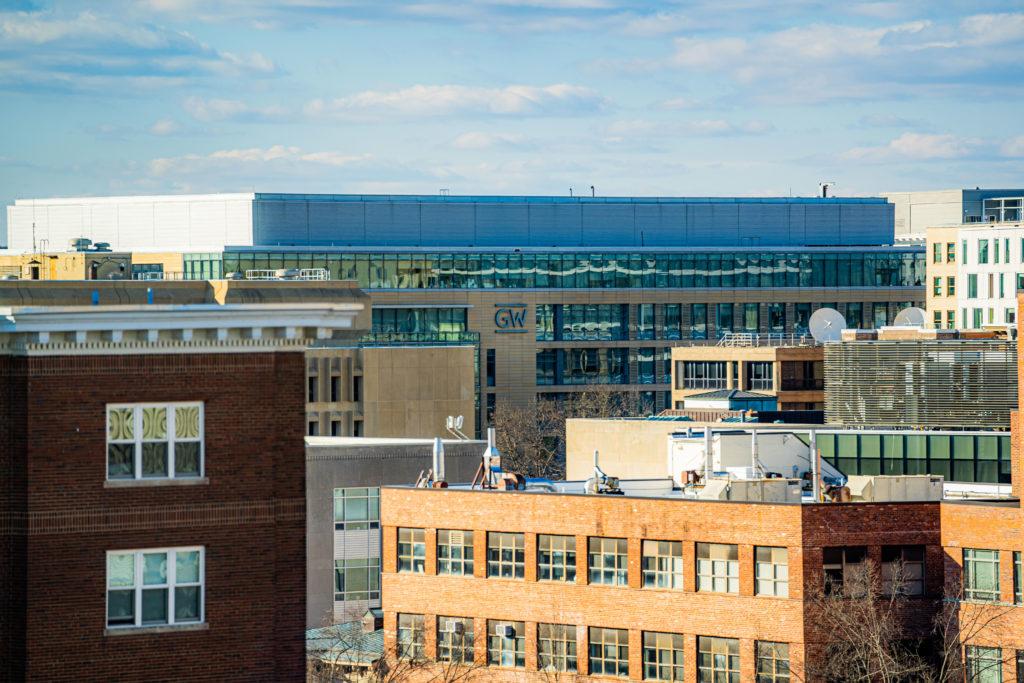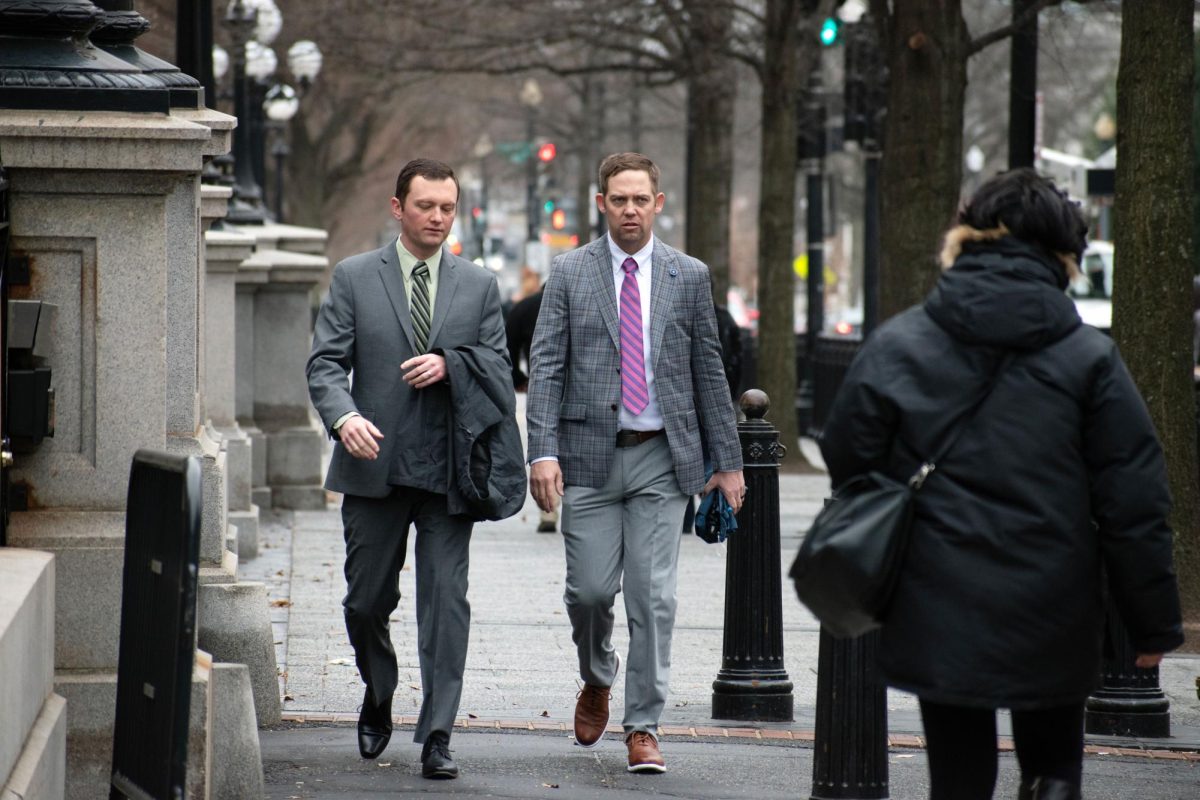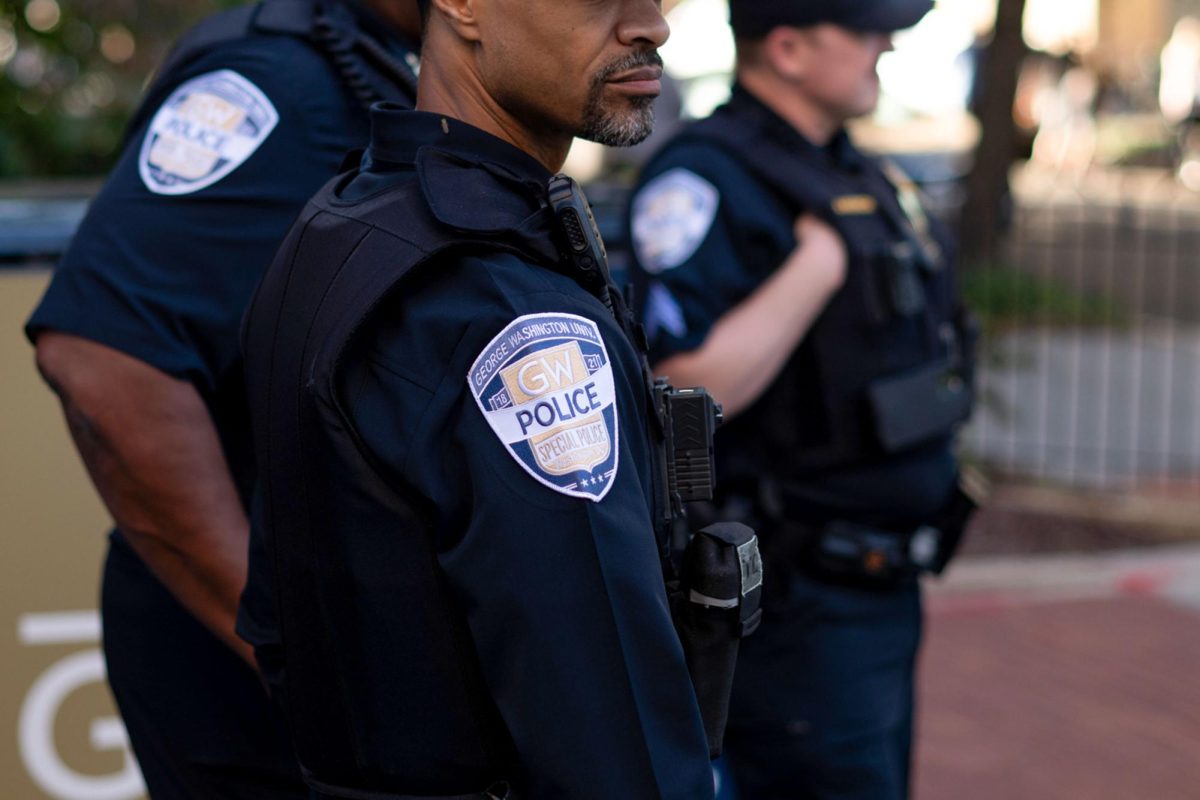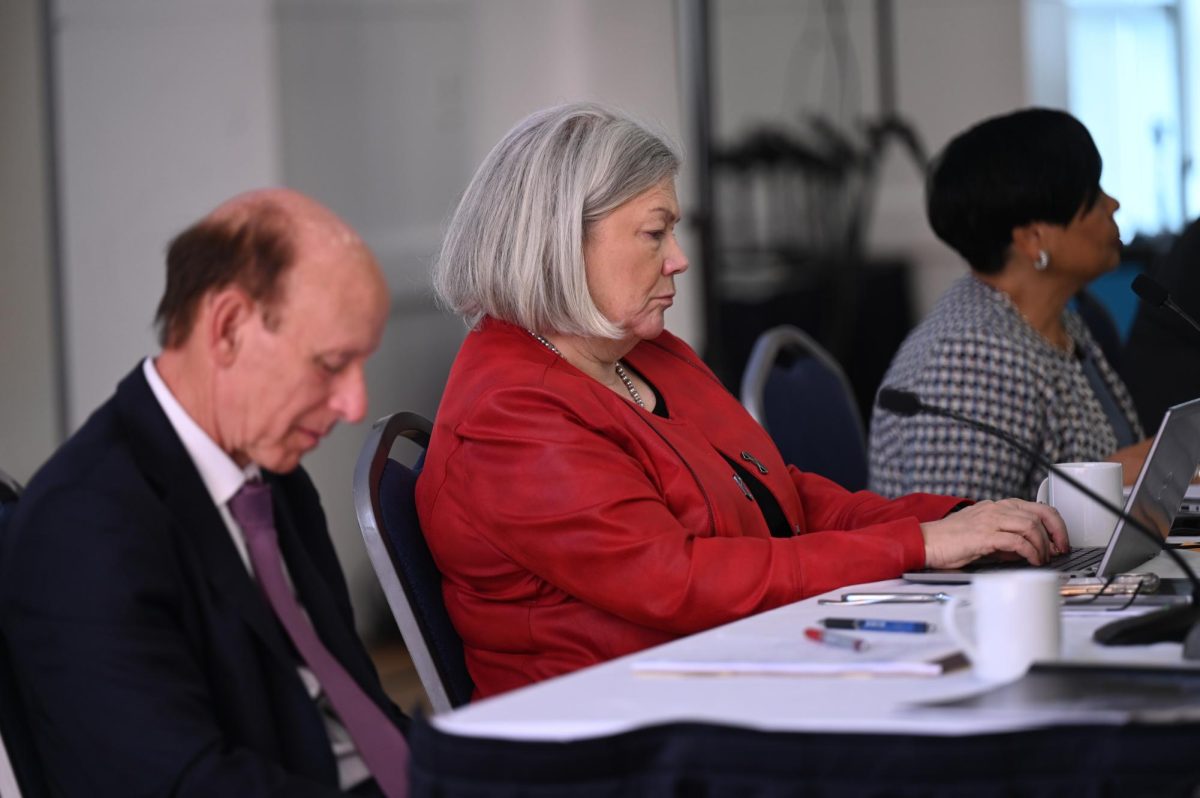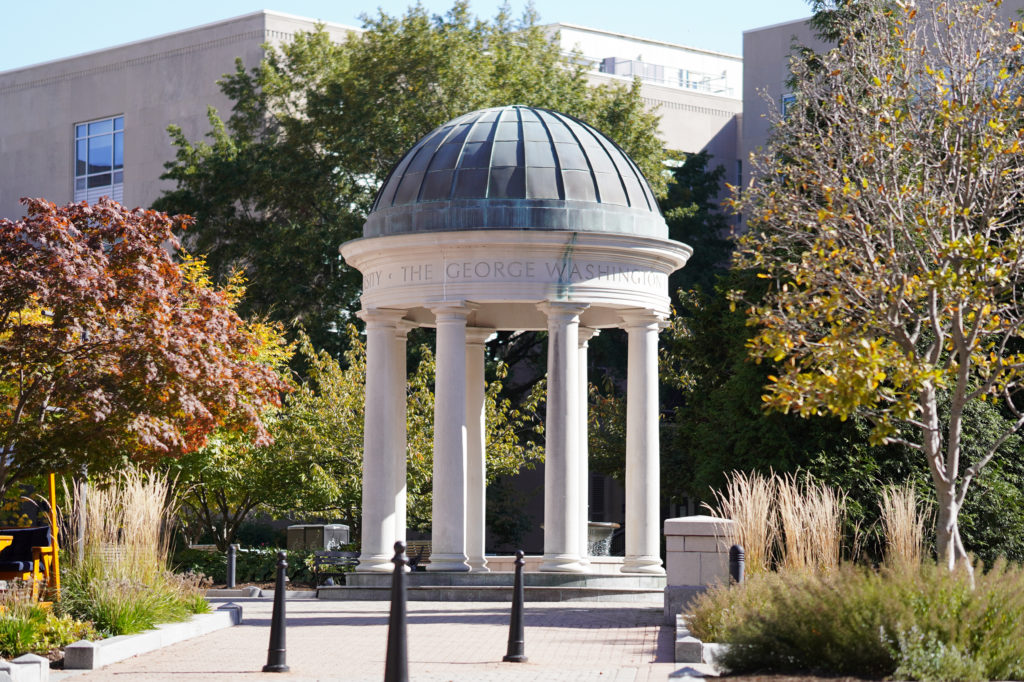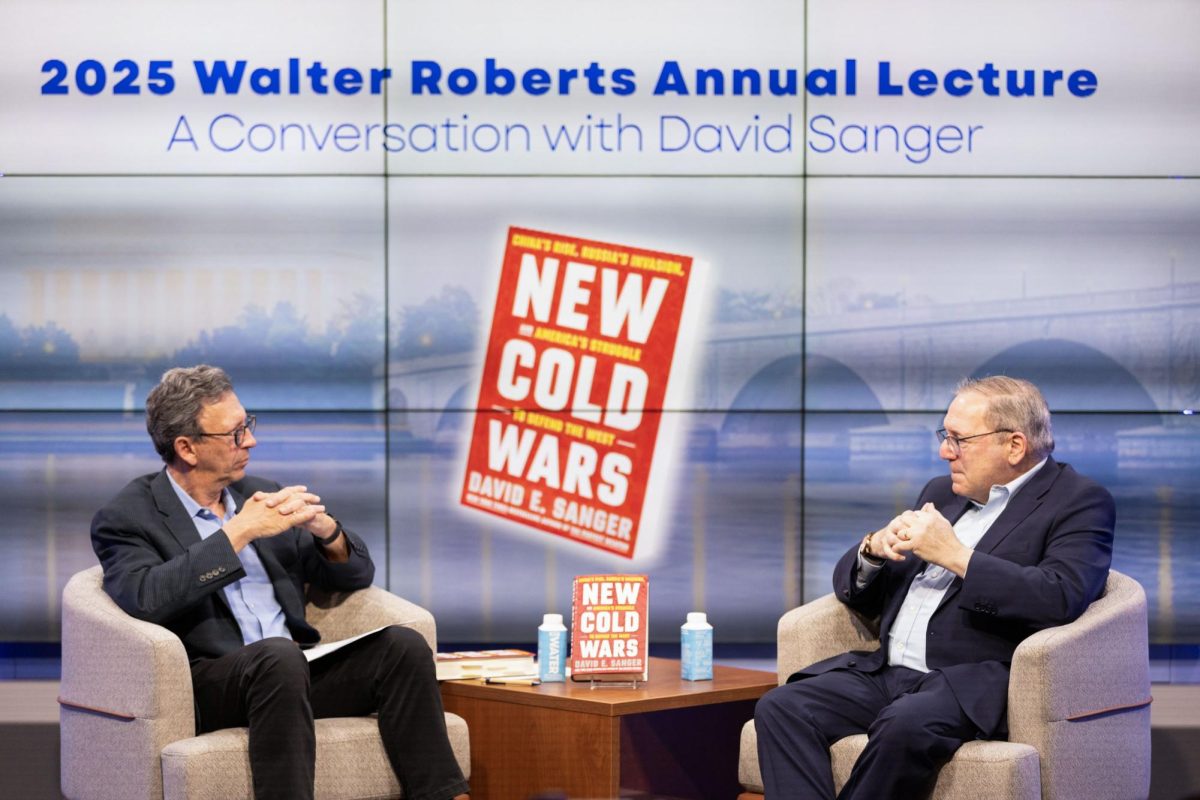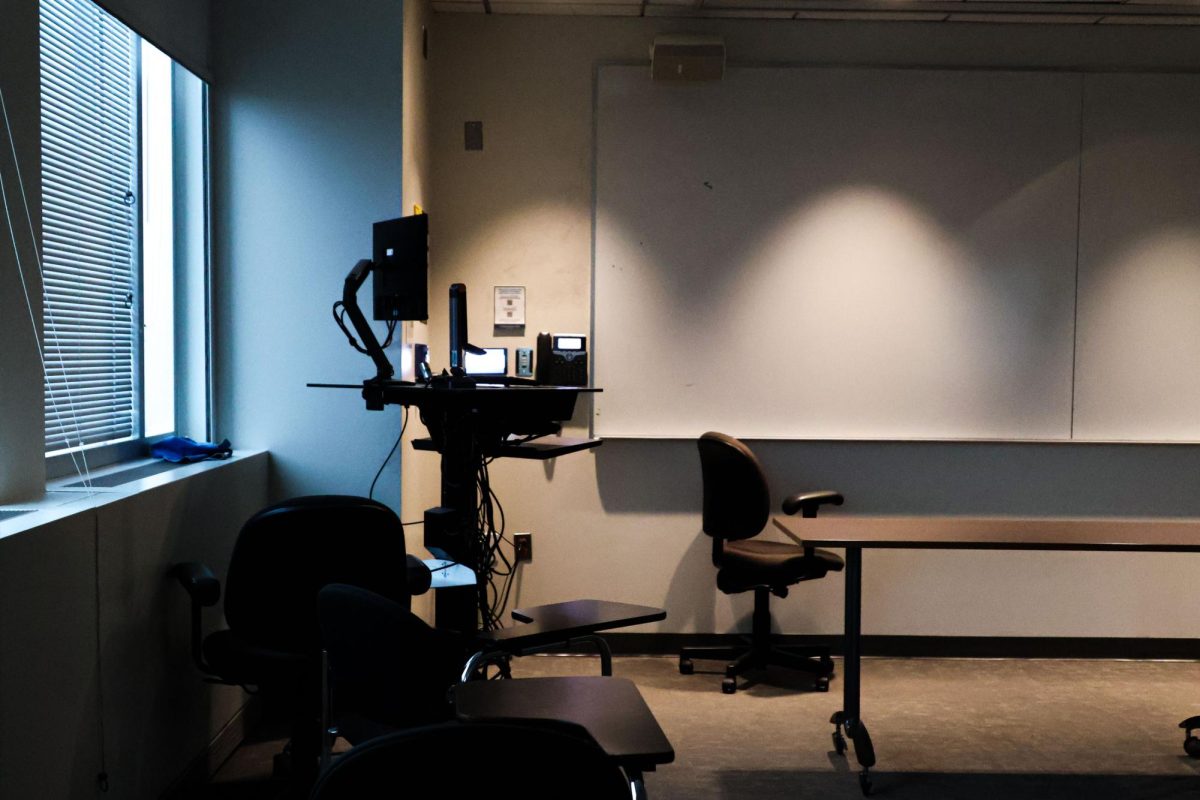Crime in the area surrounding Foggy Bottom dropped last year more than anywhere else in the city, according to Metropolitan Police Department records.
The number of crimes in Ward 2 – which includes neighborhoods like Foggy Bottom, Georgetown and Dupont Circle – dropped from 4,790 to 4,234 from 2021 to 2022, a decline at least two times greater than any other ward in the city. Experts and local leaders in Foggy Bottom attribute the neighborhood’s crime drop to an active neighborhood police presence, but they said there is more work to be done in the rest of the city, where overall crime incident reports have decreased with exception of Ward 5.
Trailing Ward 2 in crime reduction, criminal offenses fell by 249 in Ward 1, 123 in Ward 8 and 117 in Ward 6, MPD records show. Ward 5 was the sole ward that experienced an uptick in crime this year, reporting 68 more incidents than it did in 2021.
Morgan Kane – MPD’s assistant chief of police for patrol services north, who serves the department’s second, third, fourth and fifth districts – said crime in D.C.’s second district in Northwest, which includes Foggy Bottom, also experienced the largest crime drop out of all policing districts this year, with a 10 percent decline from 2021. Across the District, all criminal offenses decreased by four percent, Kane said at a Foggy Bottom and West End Advisory Neighborhood Commission meeting earlier this month.
“The Second District fared very well last year when we talk about crime prevention,” Kane said.
MPD reported Ward 2 registered 4,790 crimes last year – more than any other ward – but only about seven percent of those incidents were violent crimes. Ward 2 had the second-lowest percentage of violent crime among all the city’s wards – trailing Ward 1, which reported just five percent, Ward 7 had the highest number of reports at about 23 percent, records show.
Crime dropped by 1,079 incidents from 2021 to 2022 in the city as a whole, with a seven percent drop in violent crime and three percent drop in property crimes, according to MPD. MPD reported that about 92 percent of the listed crimes were property crimes like theft and burglary.
Despite these decreases, D.C. Mayor Muriel Bowser expressed concern about the growing prevalence of gun violence and homicides in the District at a town hall with Advisory Neighborhood Commissioners earlier this month. At the meeting, commissioners said they were “worried” and “frustrated” over an increase in gun violence throughout the District that is especially impacting youth.
Gun-related violent crimes have surged by 814 incidents in the last two years, even though 16 fewer crimes with a gun were reported in 2022 than in 2021. D.C.’s number of homicides has more than doubled during the last 10 years, from 88 reports to 203 last year.
In large cities nationwide, homicides have dropped by about five percent last year compared to 2021, according to the research database AH Datalytics.
Bowser, who was born in a Ward 5 neighborhood in 1972, said she feels similar unrest on the streets of D.C. today as when she was growing up in the District. In 1991, there were 482 homicides in D.C., the highest annual number of homicides in the District’s history.
“You know, I grew up in a town that had more than 400 homicides in a year, and I feel more anxiety across the city right now about safety,” Bowser said at the meeting.
Foggy Bottom and West End ANC Commissioner Trupti Patel said Ward 2 residents “insist” on an active police presence within the area because of the prevalence of property crimes like robberies that have put some constituents in a “protectionist” mode. She said residents must consider how a heightened police presence in an area with few violent crimes like Ward 2 may take away from the amount of police in areas where murders happen on a “nightly” basis.
“Ward 2 would say ‘I don’t want to give up my increased police presence because if they leave, our crime rate will go up,’” Patel said. “This shouldn’t be winner-takes-all. It needs to be equitable. It needs to be thoughtful.”
ANC Commissioner Jordan Nassar said despite the drop in Ward 2 crime, residents continue to feel uneasy about D.C.’s public safety because of concentrated crime in specific neighborhoods surrounding Ward 2, like Penn Quarter, Chinatown and Logan Circle – specifically the U Street corridor – and the gradual uptick in crimes with a gun.
Nassar said the combination of “constant” GW Police Department and MPD patrols in Ward 2 help alleviate some crime-related anxiety and combat property crimes in the area, which is law enforcement’s current priority for crime reduction in the ward. He said MPD has spread information about minimizing car thefts and break-ins and stressed the need for individuals to report crimes while acknowledging that many might go unreported.
“It doesn’t mean that the District is off the hook with it,” Nassar said. “Otherwise, it would be like polishing a part of a sinking boat. It’s still a big issue that we need to address as a whole.”
Patrice Sulton – the founder and executive director of D.C. Justice Lab, a nonprofit organization advocating for policy changes to D.C.’s criminal legal system – said an increased neighborhood police presence often does not make marginalized communities feel safer.
A 2019 study by the Community Service Society found nearly 60 percent of low-income Black and Latino New Yorkers said their encounters with police over the previous year left them feeling unsafe, compared to less than 30 percent of low-income white and Asian respondents. The study found this difference to originate from police arresting or summoning Black and Latino communities for quality-of-life reports more often than the white and Asian groups.
Sulton said because Ward 2 is “one of the wealthiest places that you can live on Earth,” police officers may enforce laws less aggressively within the neighborhood, resulting in “artificially low” crime statistics. She said law enforcement doesn’t make as many arrests for traffic stops, brake lights and buy-bust operations in affluent neighborhoods like Ward 2.
“If you’re only going to do proactive policing on Black people who are poor and who are native Washingtonians, that’s what the data is going to bear out,” Sulton said.


